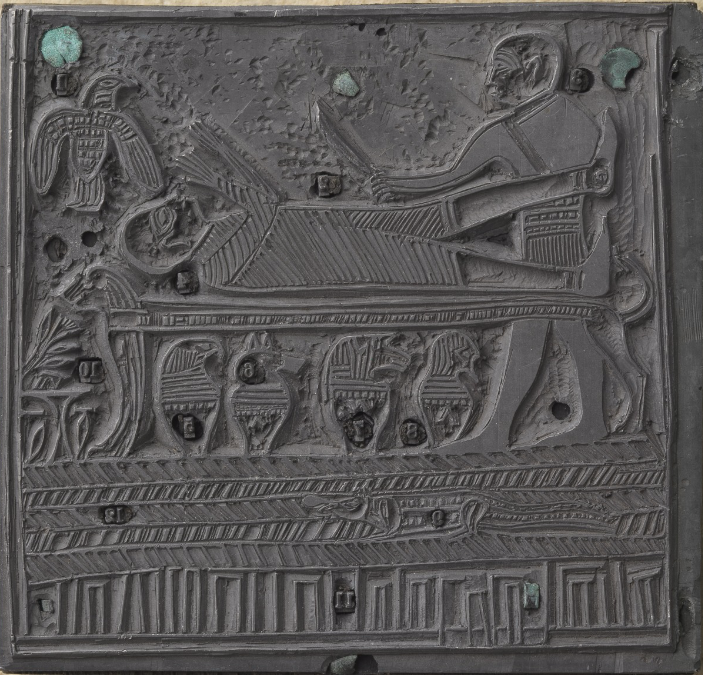
By Russell Stevenson
In Kristy Money’s recent op-ed for the Salt Lake Tribune, she urges seminary teachers and parents to “ignore [the] lesson altogether” on Doctrine and Covenants 132—which includes a discussion of the rationales undergirding Joseph Smith’s practice of polygamy. By calling for seminary teachers to ignore section 132, Money would have us silence the teaching of an important aspect of Latter-day Saint history. While section 132 has often raised difficulties for even the most committed of Latter-day Saints, the best solution to these anxieties is not increased ignorance but education, knowledge, and understanding.
Over the past decade, faithful Latter-day Saint historians—men and women who have spent years in the archives—have made venerable strides in creating the kind of faith community that can bear rigorous inquiries into its own past and appreciate its own relationship to broader political contexts. Johann von Goethe warned that “those who cannot draw conclusions/From three thousand years of learning/Stay naïve in dark confusions” and go “day to day undiscerning.”[1] For a people as historically conscious as the Latter-day Saints, Goethe’s poetic injunction holds no less true in matters of the past two centuries.
The study of history ought not be a discipline given to validating our assumptions or even our lived experiences; it demands constant vigilance to ensure that we are not projecting onto the primary sources what we want them to say. When we do, we are not pursuing history but crafting mythologies and perpetuating morality tales, useful though they may be. Immanuel Kant’s quip functions in reverse as well: simply because an interpretation is useful does not mean that it is true.[2]
Money urges seminary teachers to “simply teach that Joseph Smith began practicing polygamy in the early 1830s,” that they should “teach the facts without the spin.” Serious historical inquiries demand that we seek to capture a sense for the man or woman’s values and motivations whether the subject of study are activists such as Harvey Milk and Jane Addams, dictators such as Adolf Hitler and Joseph Stalin, or religious figures such as Mary Baker Eddy and Joseph Smith. Omitting Joseph Smith’s conviction in his own divinely-sanctioned mission does not present the kind of candid history that I assume Money wants to see. How can one seriously broach the historical Joseph Smith without acknowledging that he believed himself to be a Prophet, the very mouthpiece of God? “This is eternal lives,” he dictated in regards to the polygamy doctrine, “to know the only wise and true God, and Jesus Christ, whom he hath sent.” Joseph Smith enjoined readers to “receive ye, therefore, my law.” Transparency demands that educators of all stripes not merely state that Joseph Smith practiced polygamy but also, explore why he did as well.
Moreover, the same revelation that Money wants us to ignore also provides the proof text that gives Latter-day Saint couples hope for an eternal union and companionship. Whether one wishes to embrace or dismiss the doctrine of eternal marriage, it is undeniable that the Latter-day Saint marriage ritual and its foundational text provide peace, comfort, and fulfillment to couples across the globe. Surely, Money recognizes the kind of emotional pain that would come as a result.
I share Money’s desires to eradicate environments that foster justifications for sexual exploitation. And the best weapons against these evils are not ignorance and taboo but awareness and candor. Latter-day Saints must seek out their history on the grassroots level; then and only then, can the Mormon community hope to make meaning of their rich, courageous, troubling, and inspiring past.
[1]: Albrecht Schone, “Faust—today,” in Hans Schulte, John Noyes, and Pia Kleber, Goethe’s Faust: Theatre of Modernity (Cambridge: Cambridge University Press, 2011), 18–19.
[2]: In his Lectures on Logic, Immanuel Kant said that “many things can be true and still useful to man. Not all truth is useful.” See Immanuel Kant, Lectures on Logic, trans. J. Michael Young (Cambridge: Cambridge University Press, 2004), 43.
Russell Stevenson is the author of For the Cause of Righteousness: A Global History of Blacks and Mormonism, 1830-2013.












